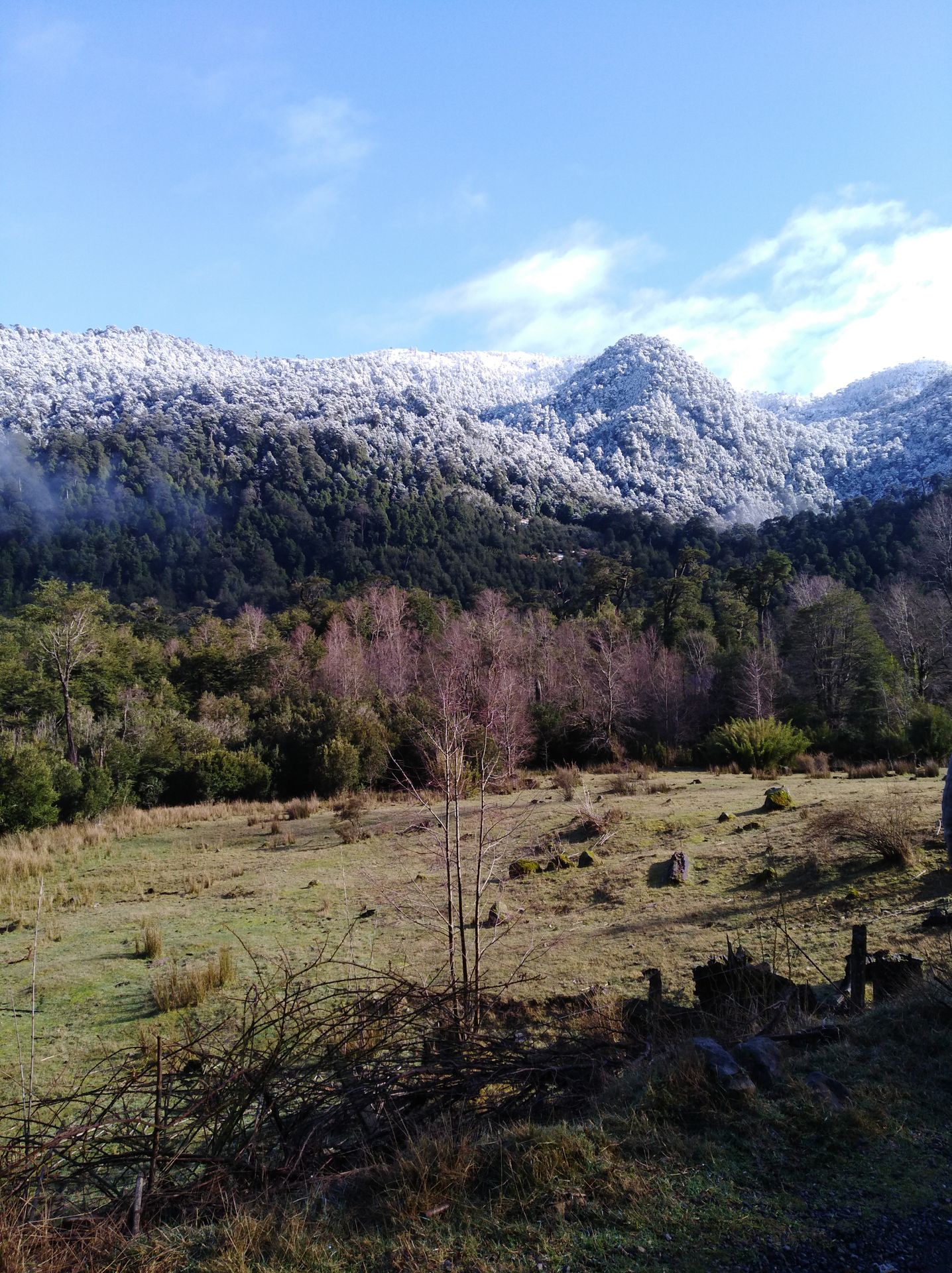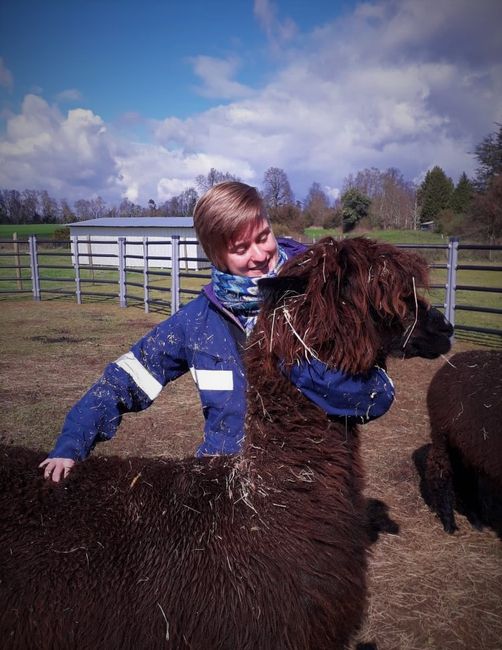Why is Easter Island called Easter Island?
प्रकाशित: 11.01.2020
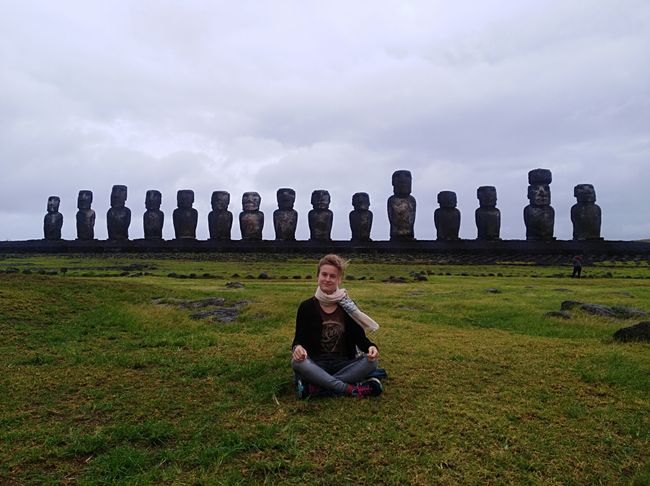
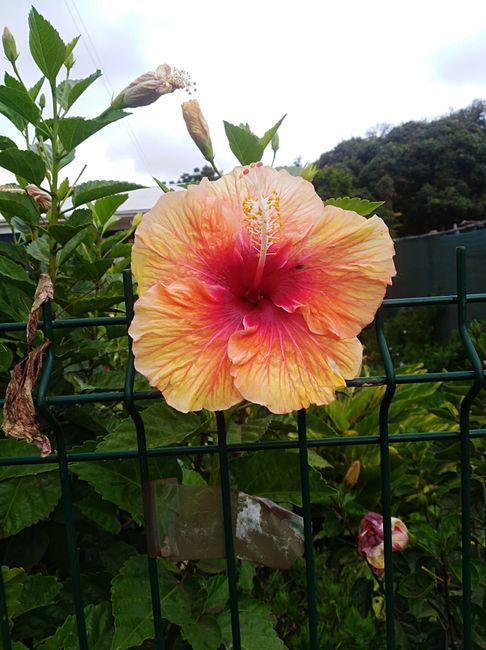
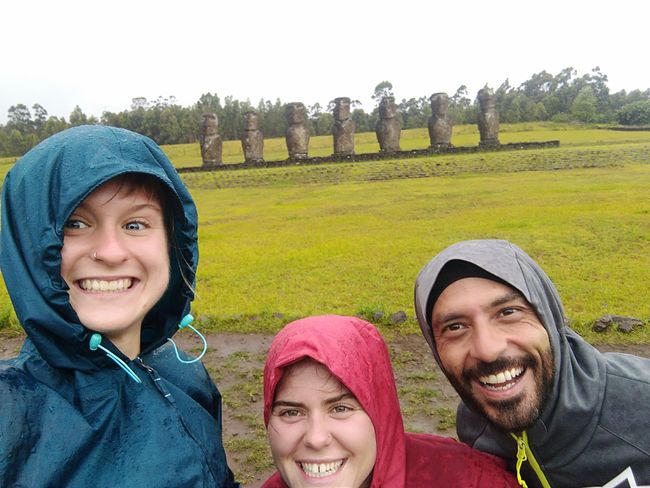
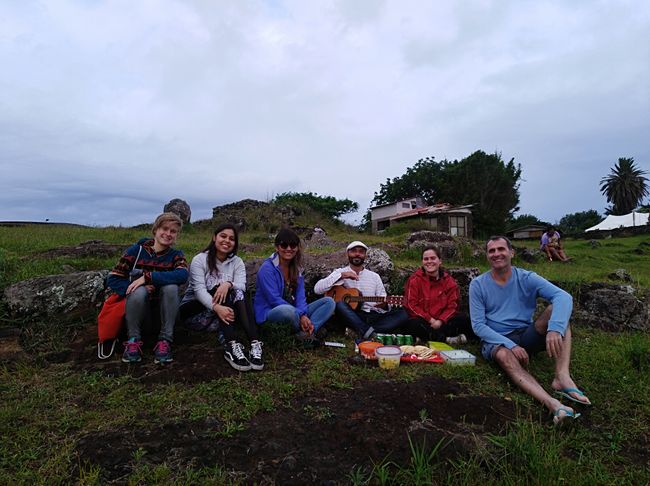
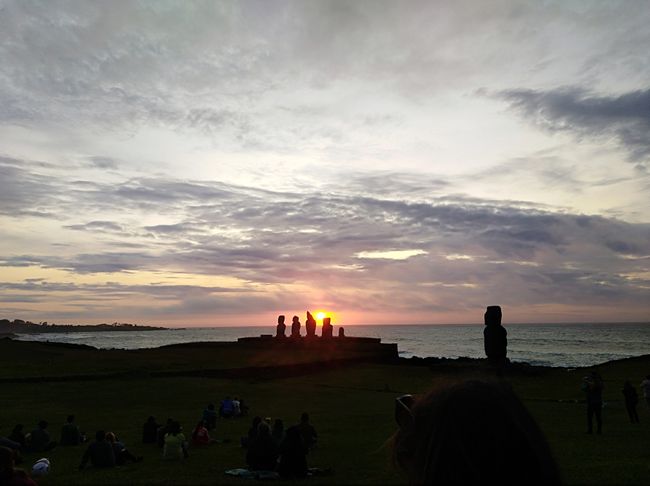
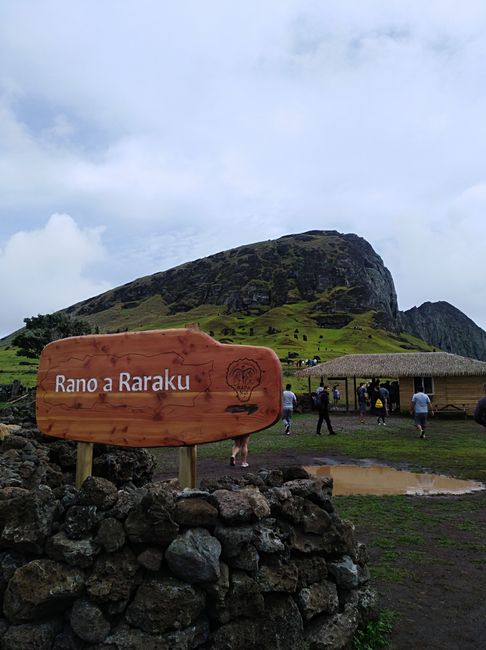
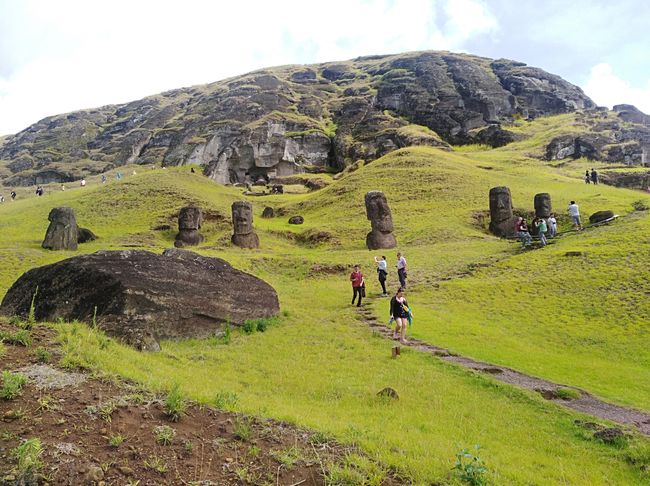
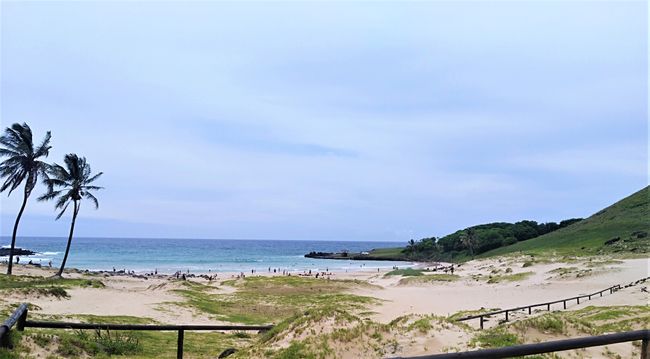
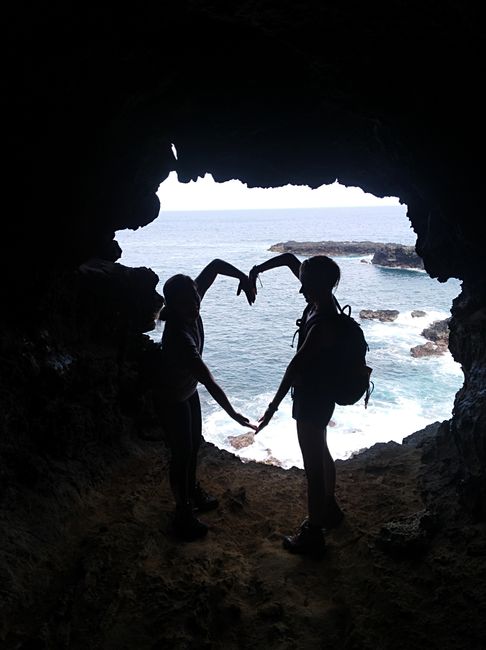
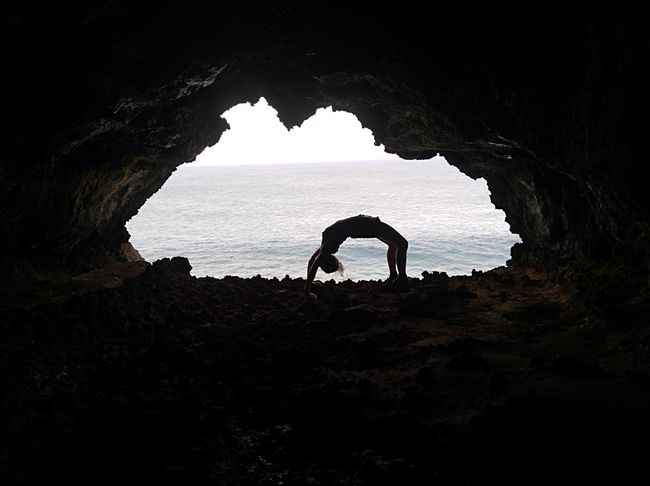
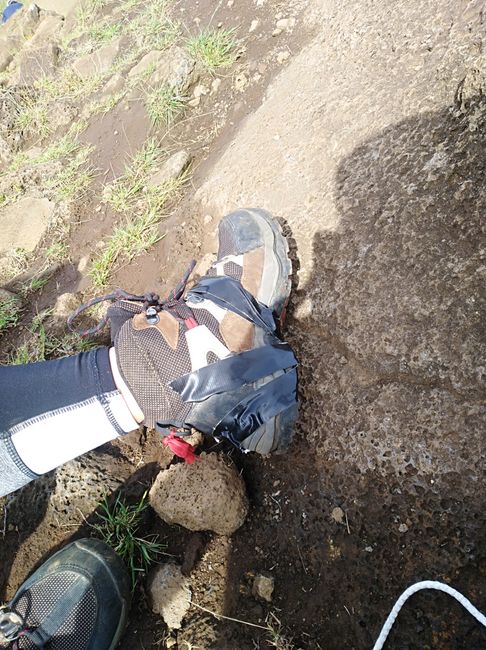
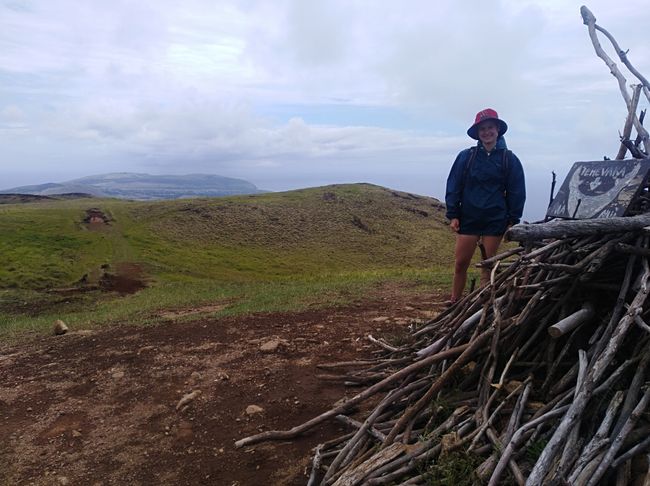
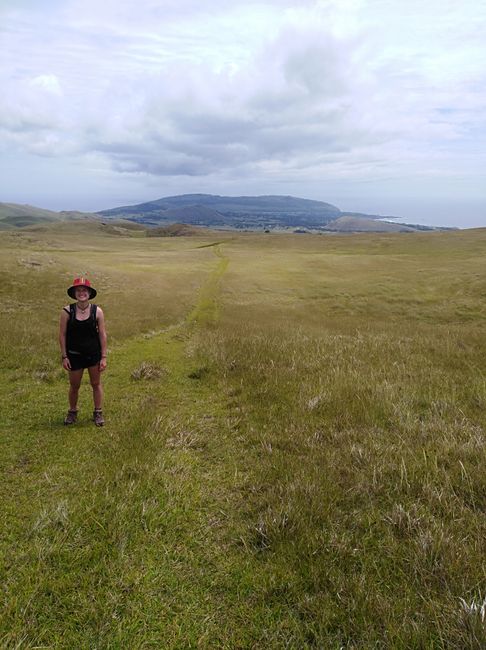
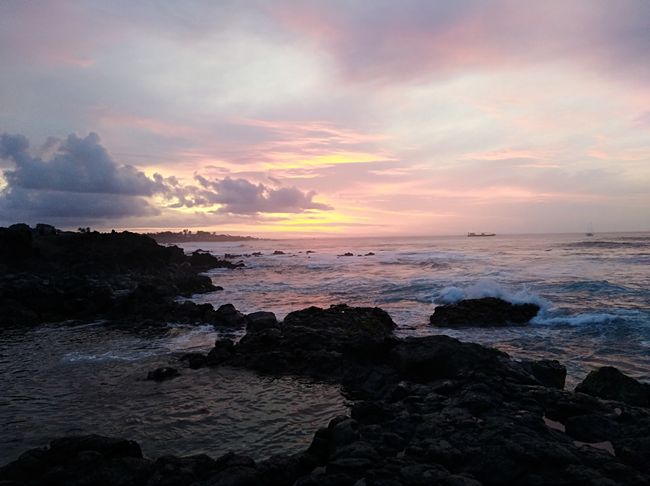
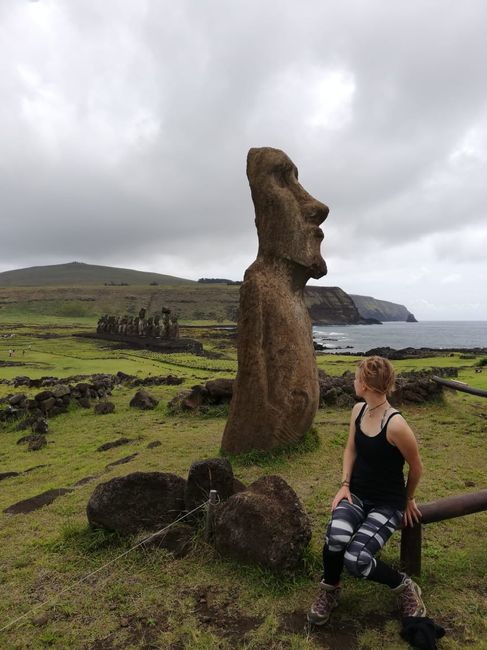
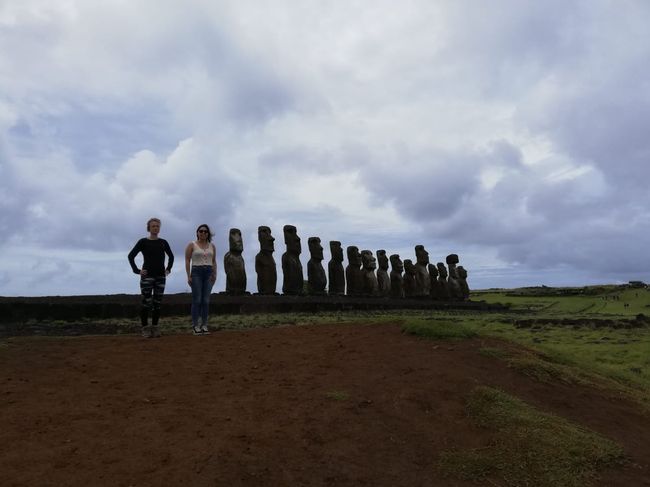

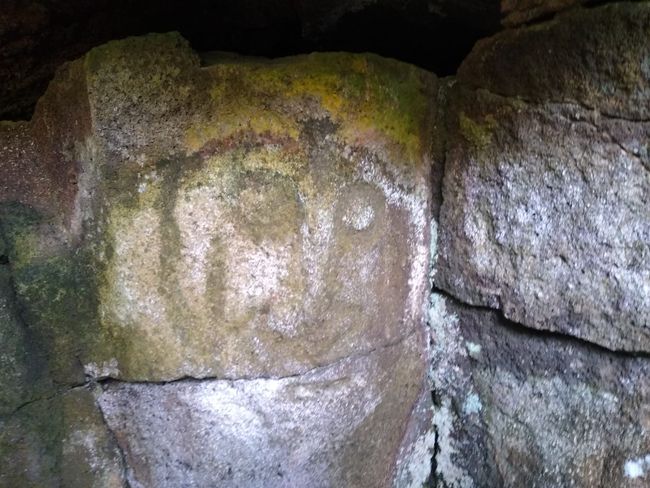
समाचार पत्रिका के लिए सदस्यता लें
Unfortunately, the bad weather continued, it was a very rainy Sunday. Nevertheless, we decided to go to church in the morning. It was the first Sunday Mass of the new year 2020 (!). I still can't fully grasp the change of decades. The special thing about a Mass in "Hanga Roa" is that it is a mixture of Catholic and indigenous culture. So we entered the church and were greeted with similar music as yesterday during the traditional dance. The churchgoers wore colorful Hawaiian shirts, flowers in their hair, and brought their instruments (yes, really!). Among them was a kind of animal skull on which the beat was tapped with a stone. The priest wore the typical white robe, but with a symbol of the god "Ranko" on it and a flower necklace around his neck. His head was covered with a huge feather bishop's hat (they certainly have a special name). He read prayers, gave blessings in "Rapa Nui" and in Latin. The "Our Father" with the sign of the cross was held, and in the end, the body of Jesus was shared in the Catholic way with bread and wine. It was an extraordinary experience, but I liked the mixture of religions because in the songs of the people, you could really hear their innermost faith. Besides, the music made it not as "dry" as a normal church visit. It's a pity that I don't know much about Catholic rituals, otherwise, I could have compared the differences even better. So, please excuse if some names of the church rituals or the technical terms for the costumes are incorrect.
Then we rented a car and visited the most famous platform of the "Moai". 15 of them stand in a row facing the center of the island. "Tongariki" is the "best" photo spot on the island and attracts hordes of tourists for sunrise. But for us, it was 11 a.m. and it was pouring rain. But then: a gap in the clouds (just for us) and we could at least enjoy the stone statues without getting wet.
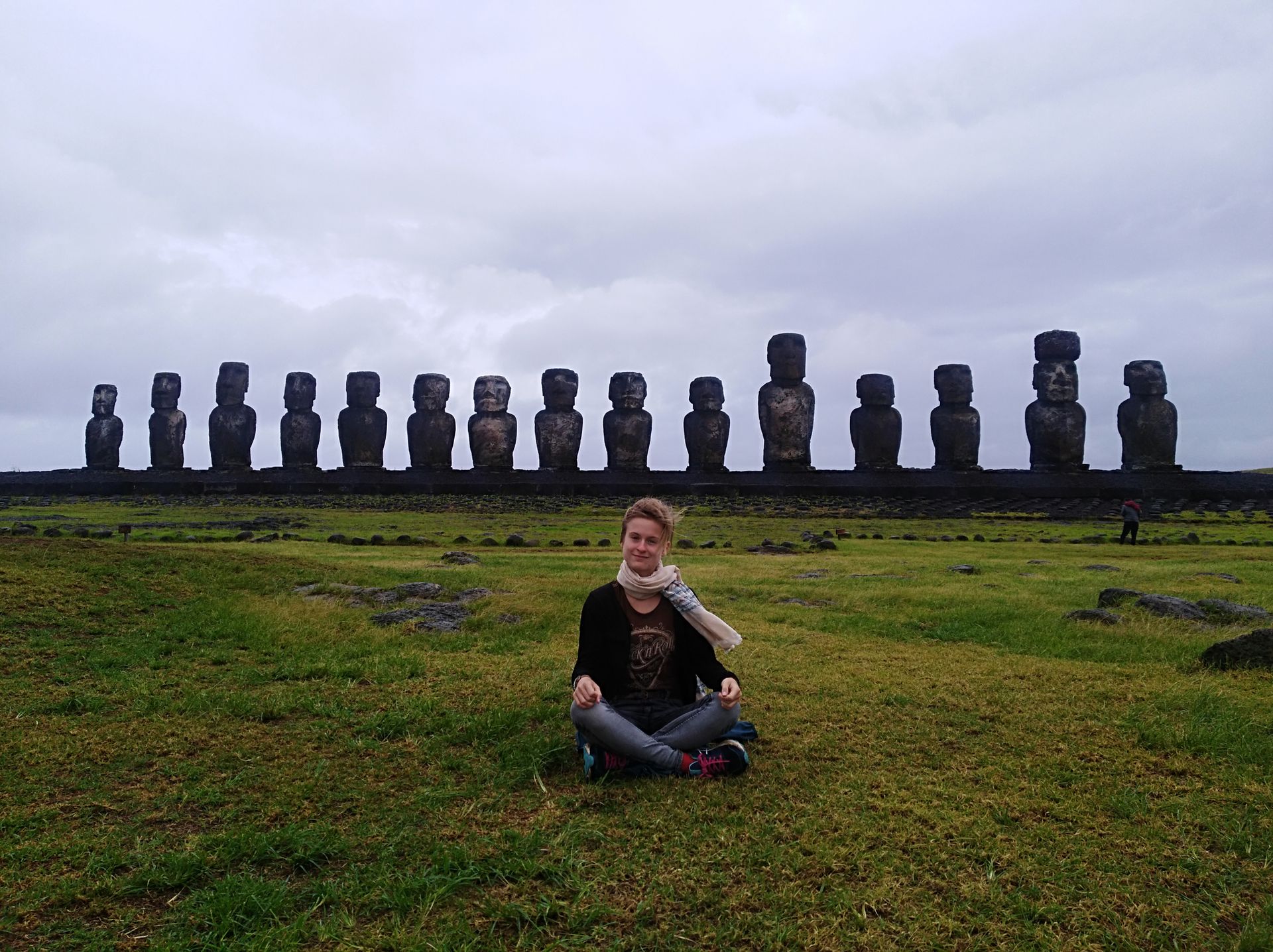

After an empanada (with a delicious pesto filling but made of pizza dough, how strange), we visited the only Moai that face the sea and climbed a mini volcano. As the evening cleared up a bit, we decided to have a picnic at the sunset spot. Here stands the only Moai that has the white coral eyes. (You can already tell that on the island, everything revolves around the best photos of the stone people at all times of the day.) Salvadore, a very extroverted Italian guy I met at the hostel, played evergreens on the guitar.

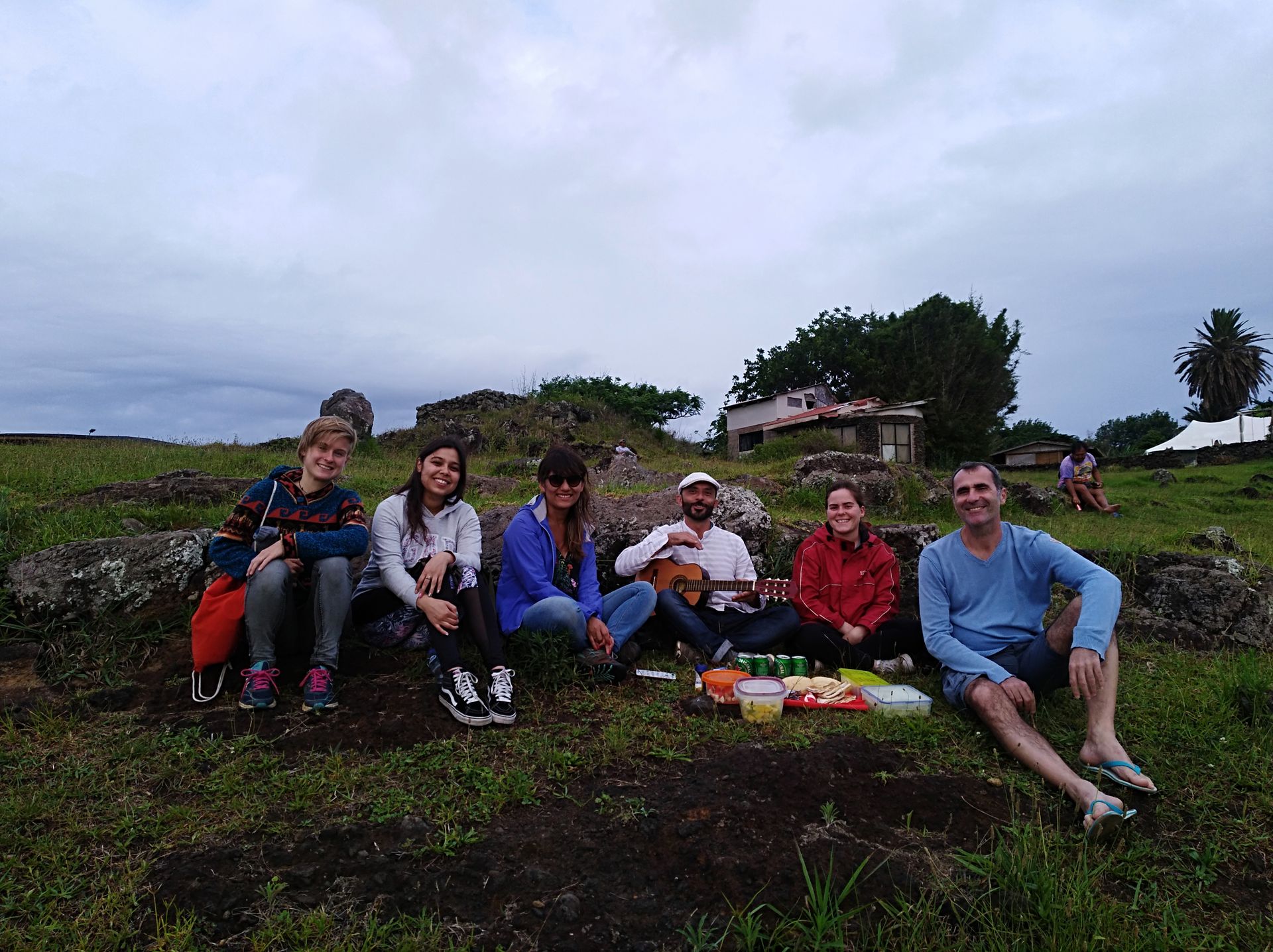
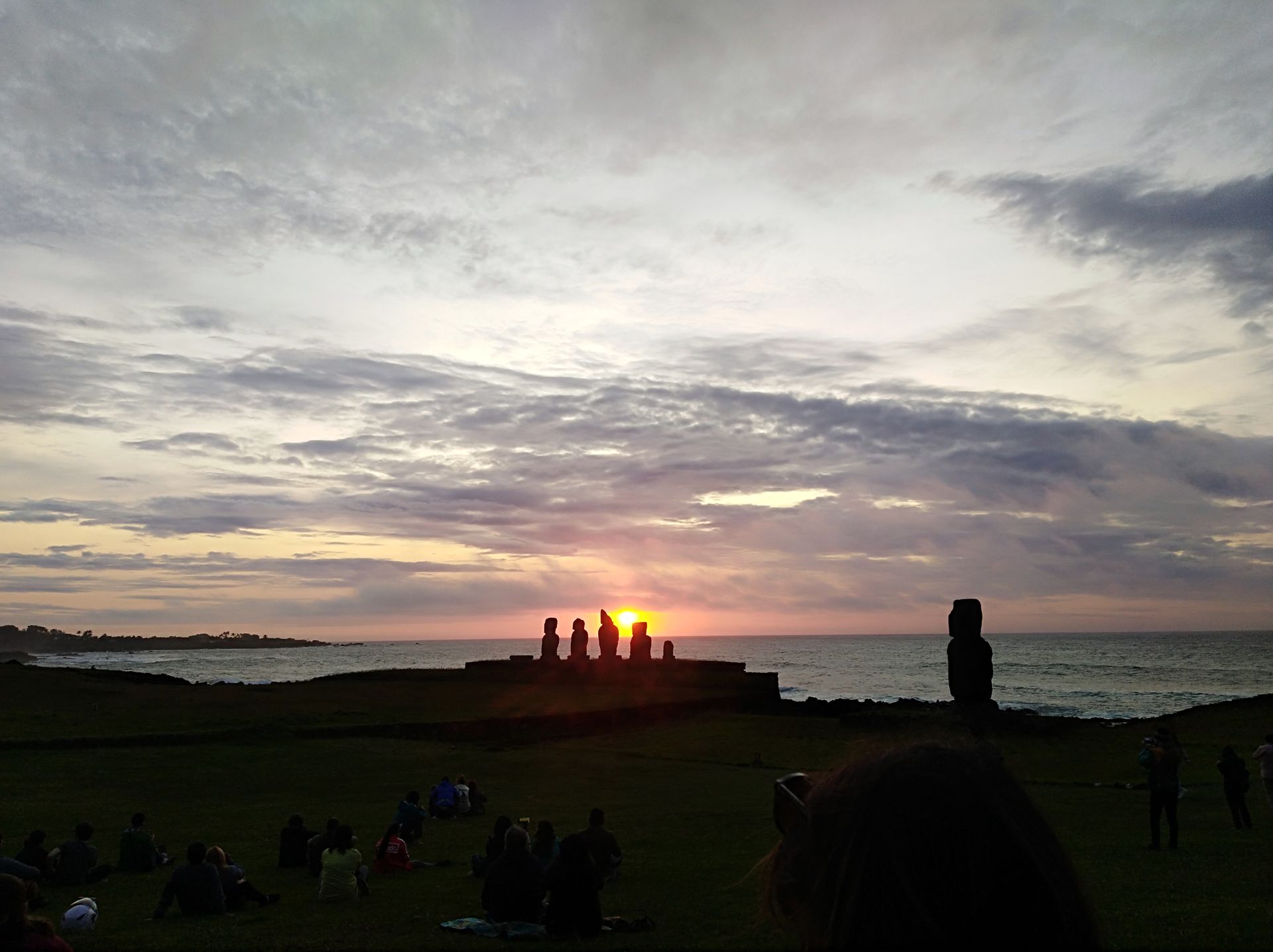
On Monday, I took a typical bus tour around the island. We visited an ancient Rapa Nui village, the volcano where 95% of the Moai were created, Tongariki again, and finally, a Polynesian dream beach. I could have joined Salvadore again with the car, but the tour was definitely worth it because I learned many interesting facts about ancient culture. Why is Easter Island called Easter Island?! Actually, it's quite logical, it was discovered by the first European sailors on Easter Sunday. The Moai always face towards the center of the island to share their "Kama" with the village.

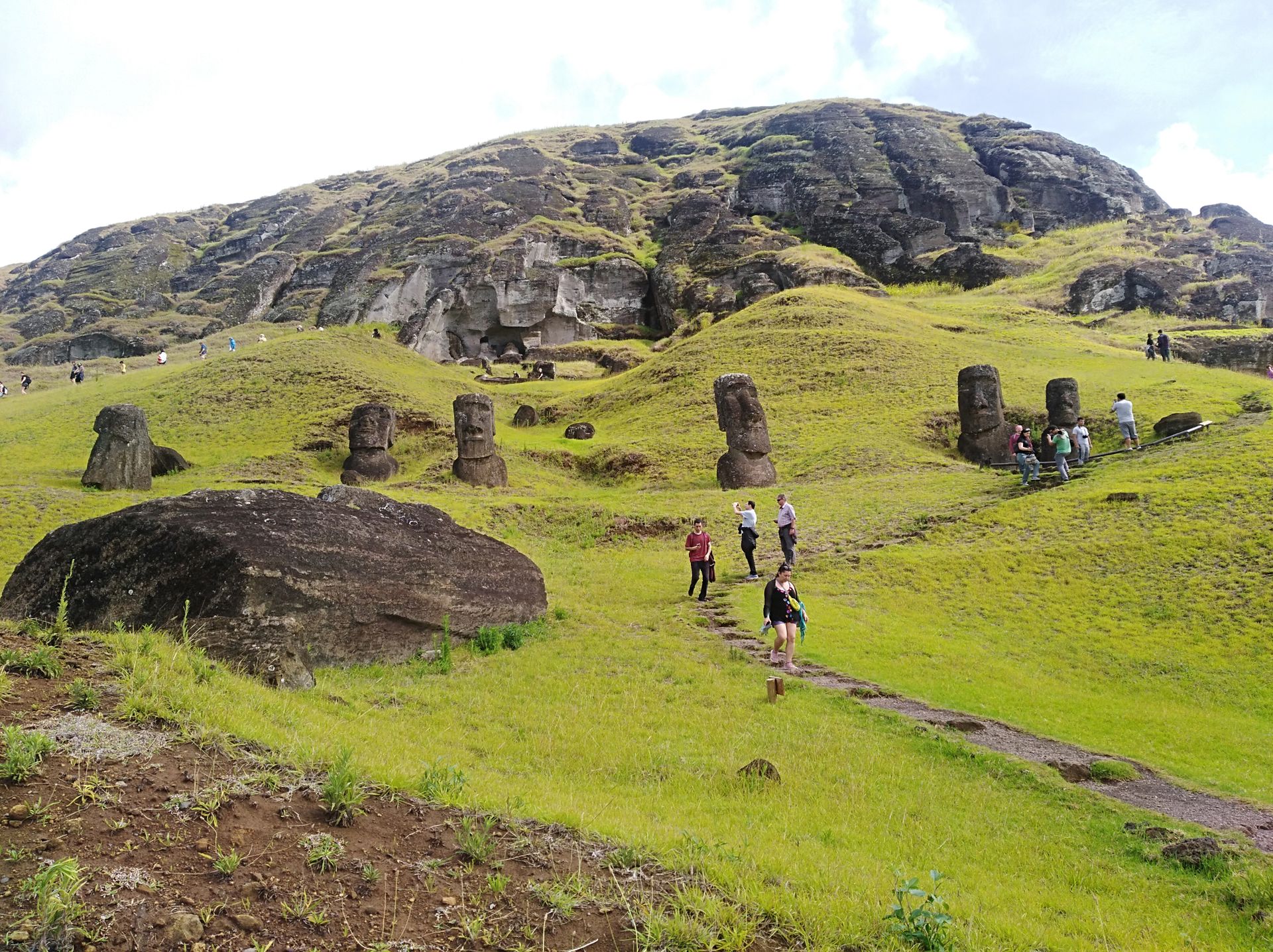
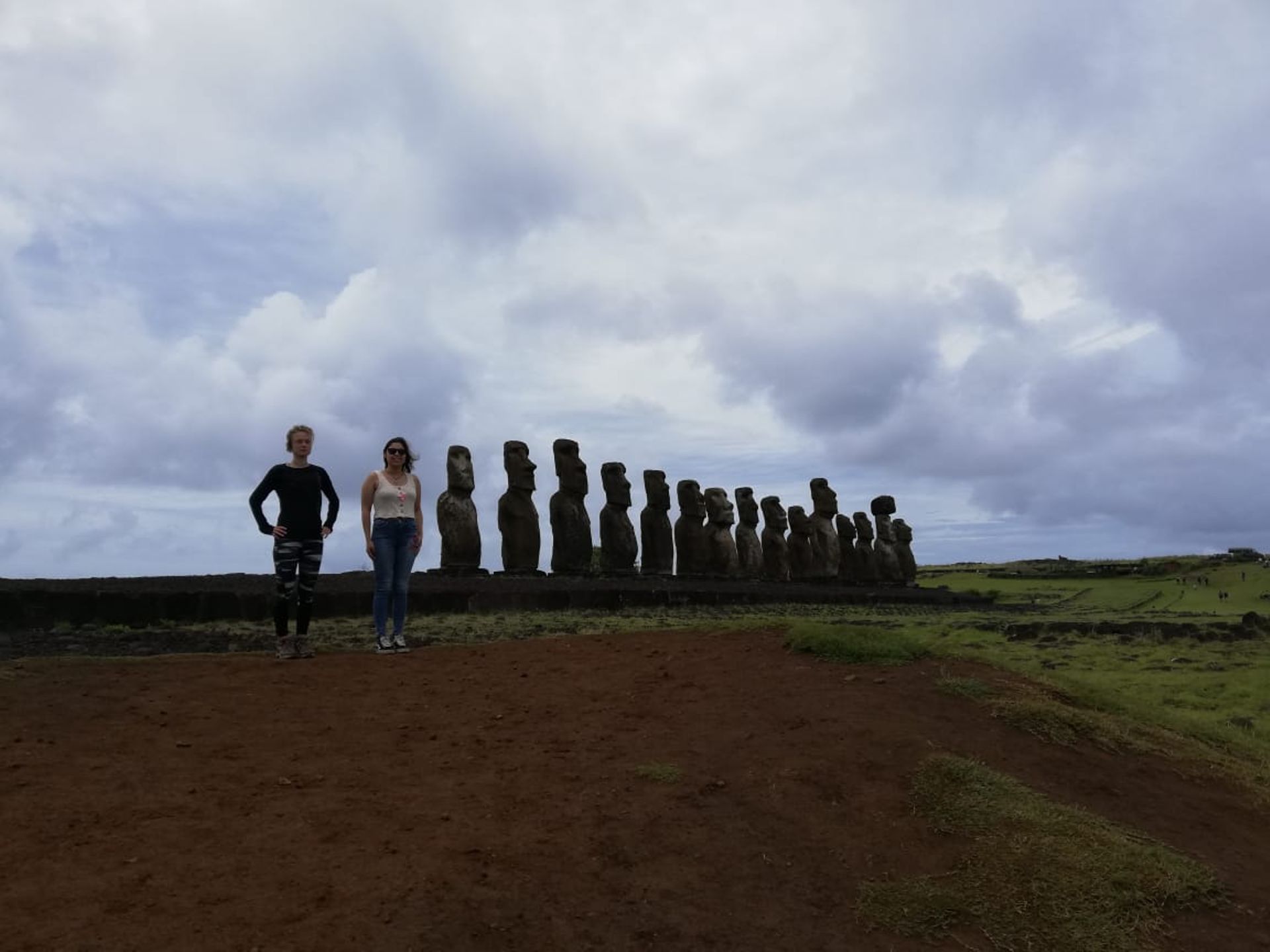
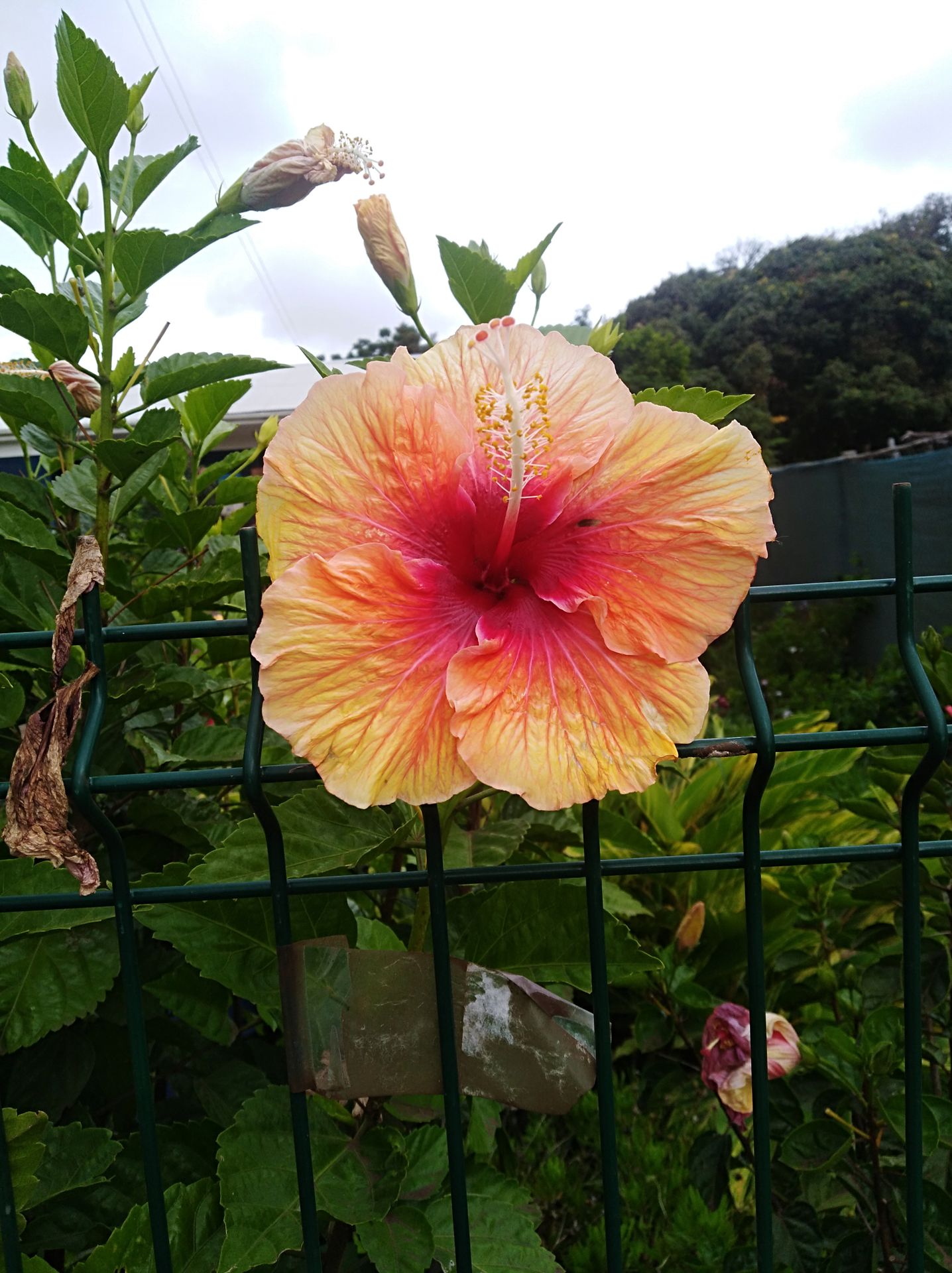
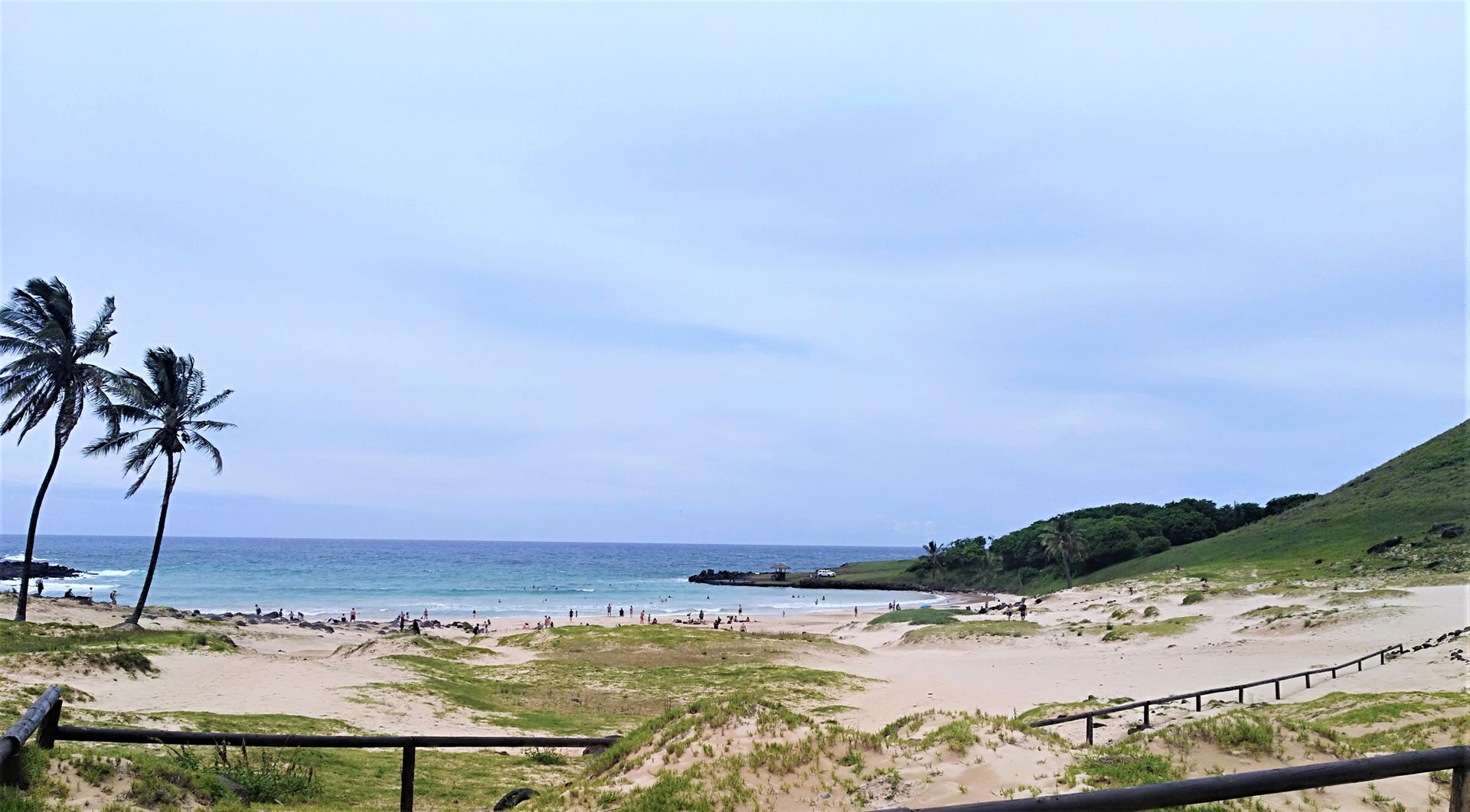
On the last day, I joined a Londoner and an Australian girl for a hike (finally speaking English again). We took the cliff path along the west coast to the highest point of the island. We also descended into a cave along the way and had an amazing view of the sea. This is, of course, a perfect place to take photos for social media.
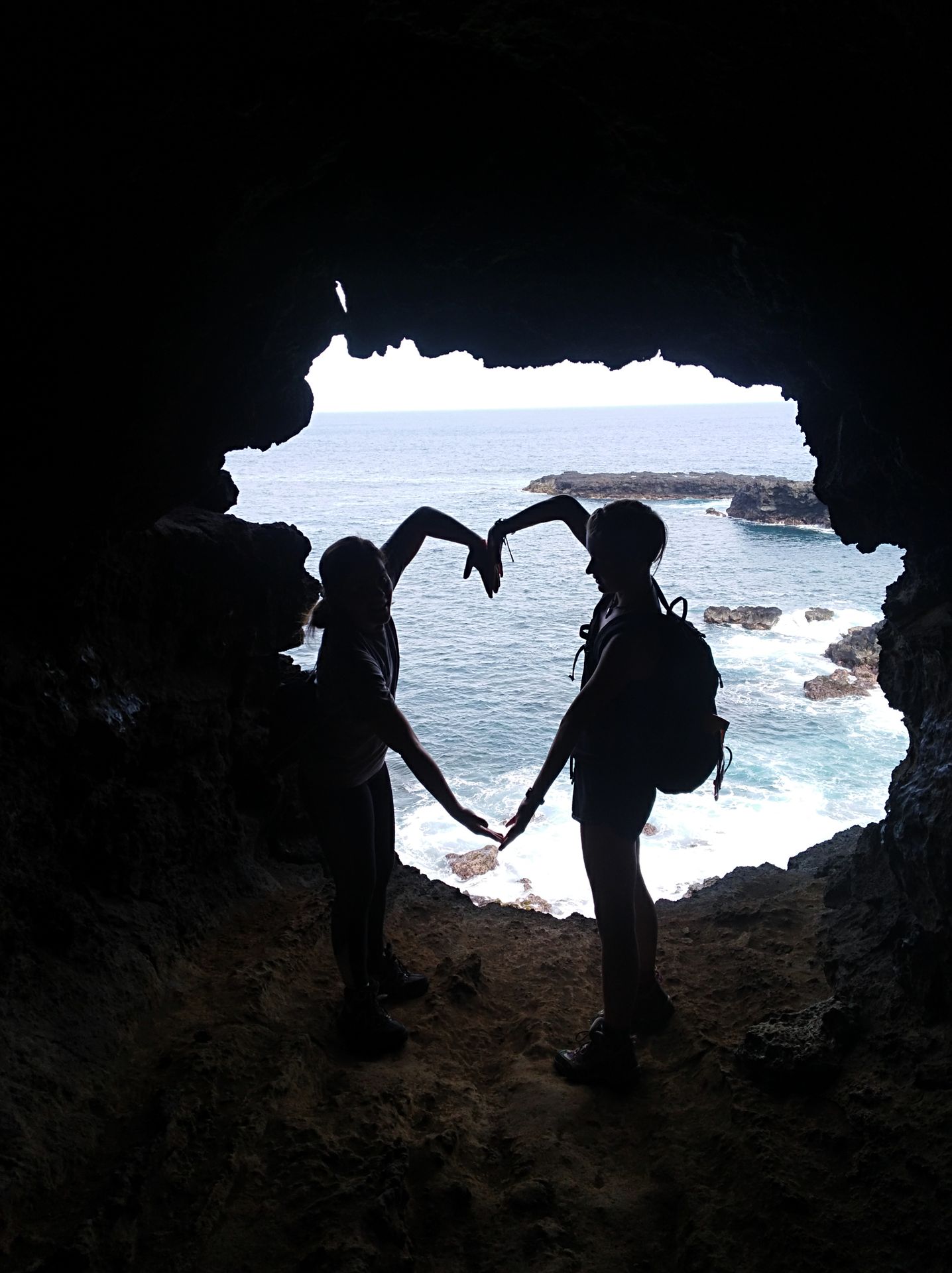
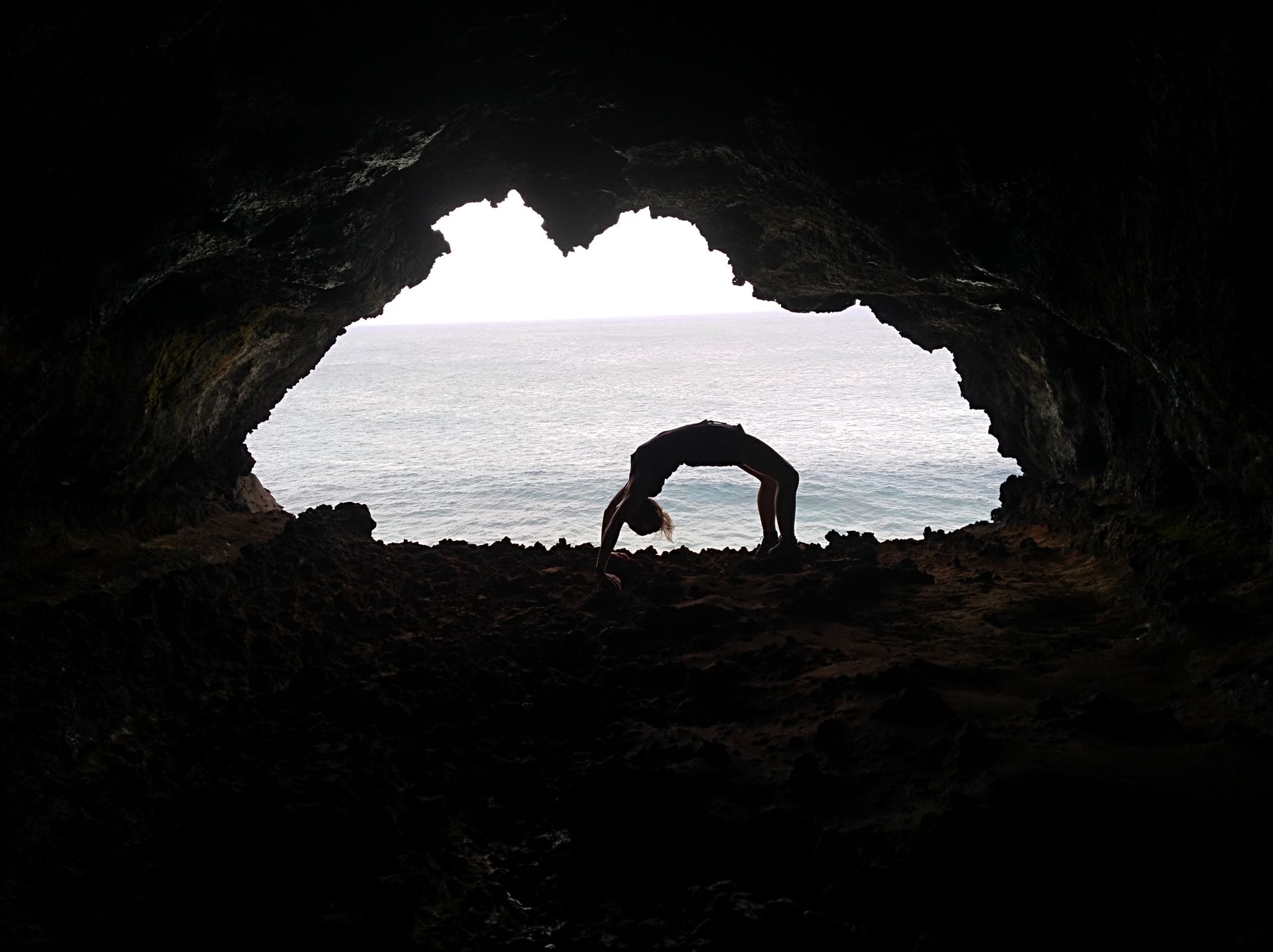
Afterwards, we went in search of petroglyphs (divine carvings in the stone). With precise GPS data and comparison pictures, we eventually found them.
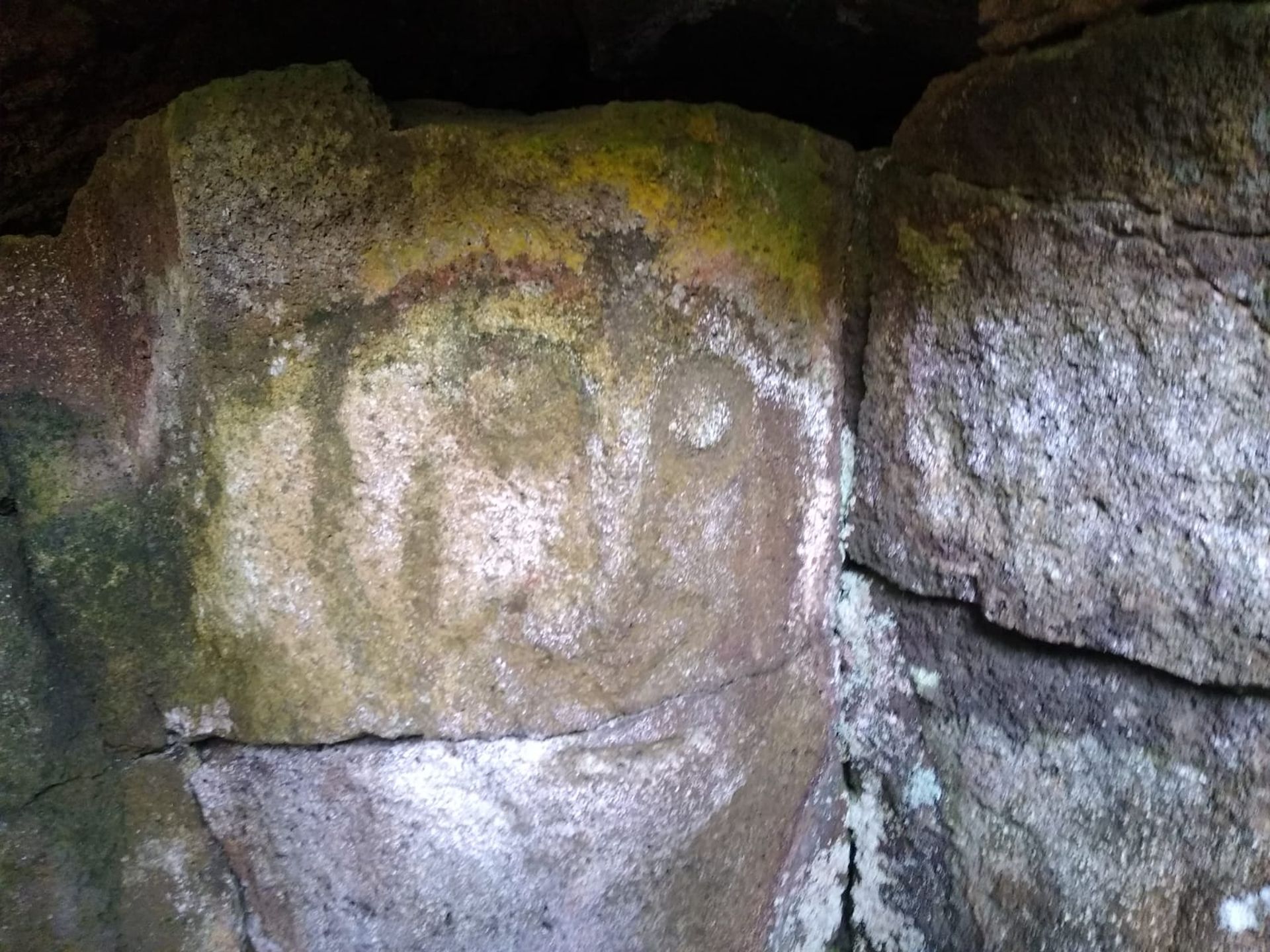
Then we had a leisurely uphill hike to "Terevaka", the highest point of the island. From here, you have a 360-degree view of the island. It is actually so small that you can spot every point. During the hike, I got a nasty sunburn on my legs because I stupidly didn't apply sunscreen. My own fault, but at least it will keep the memory of Easter Island a few days longer.
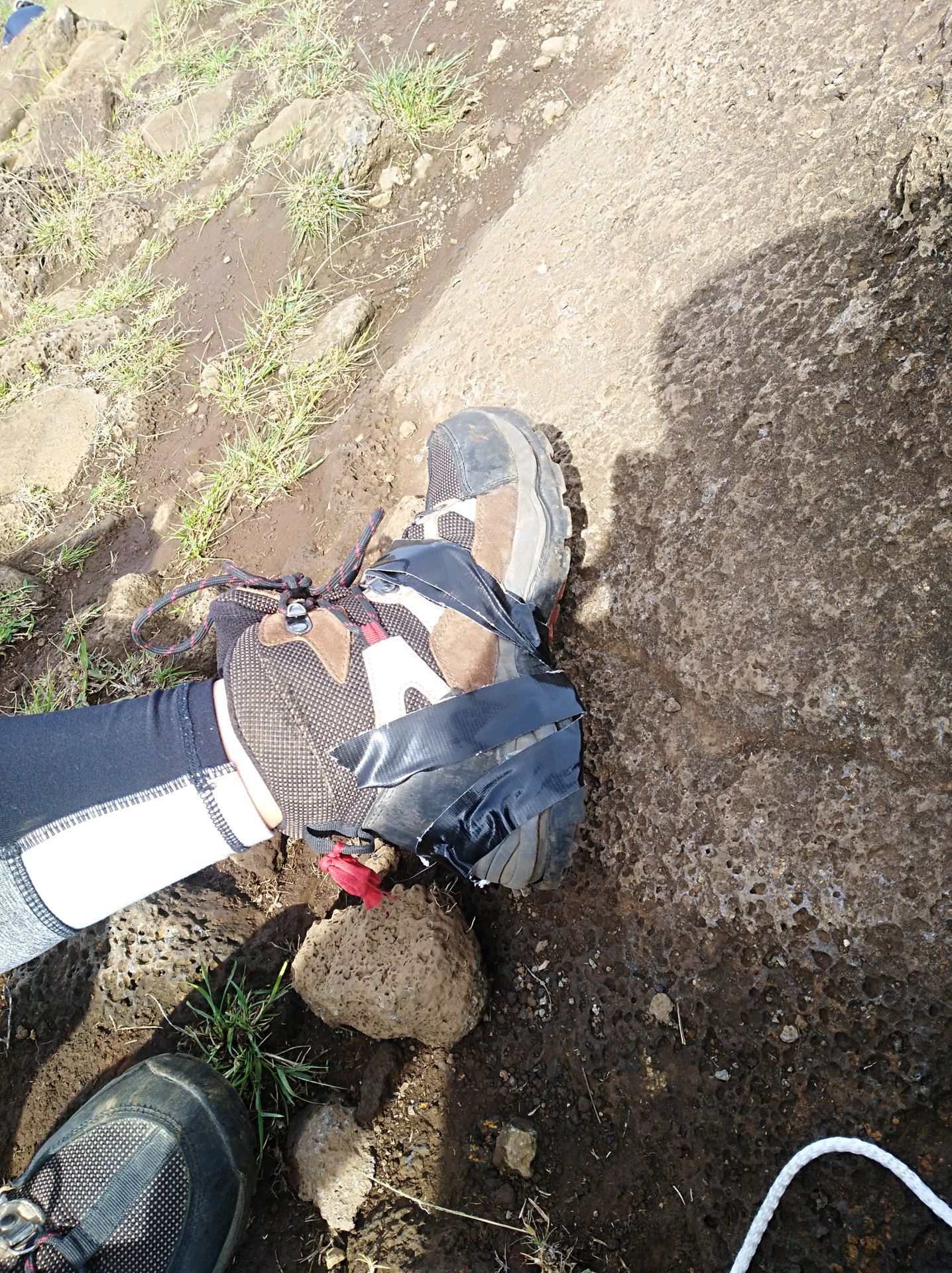
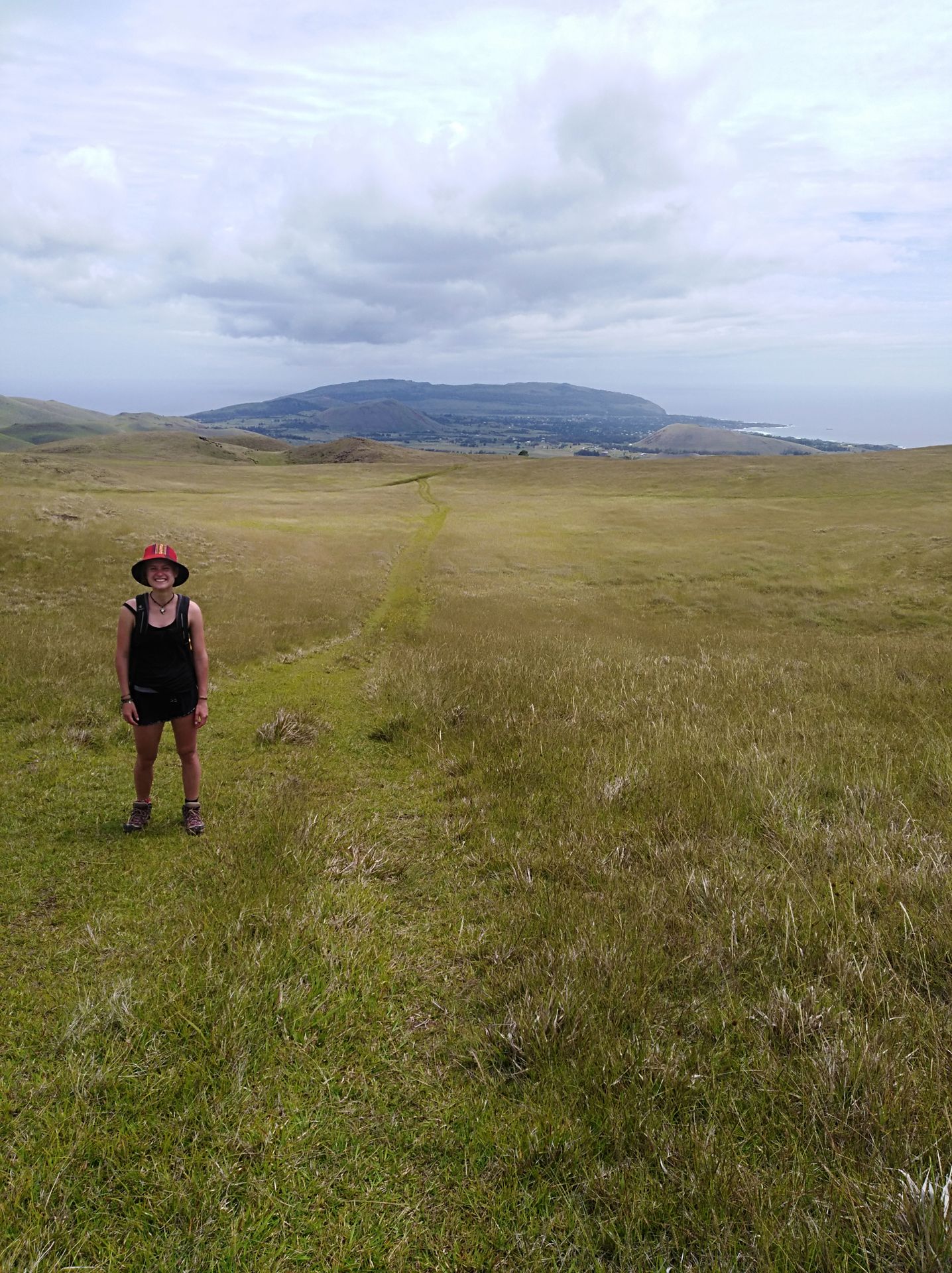
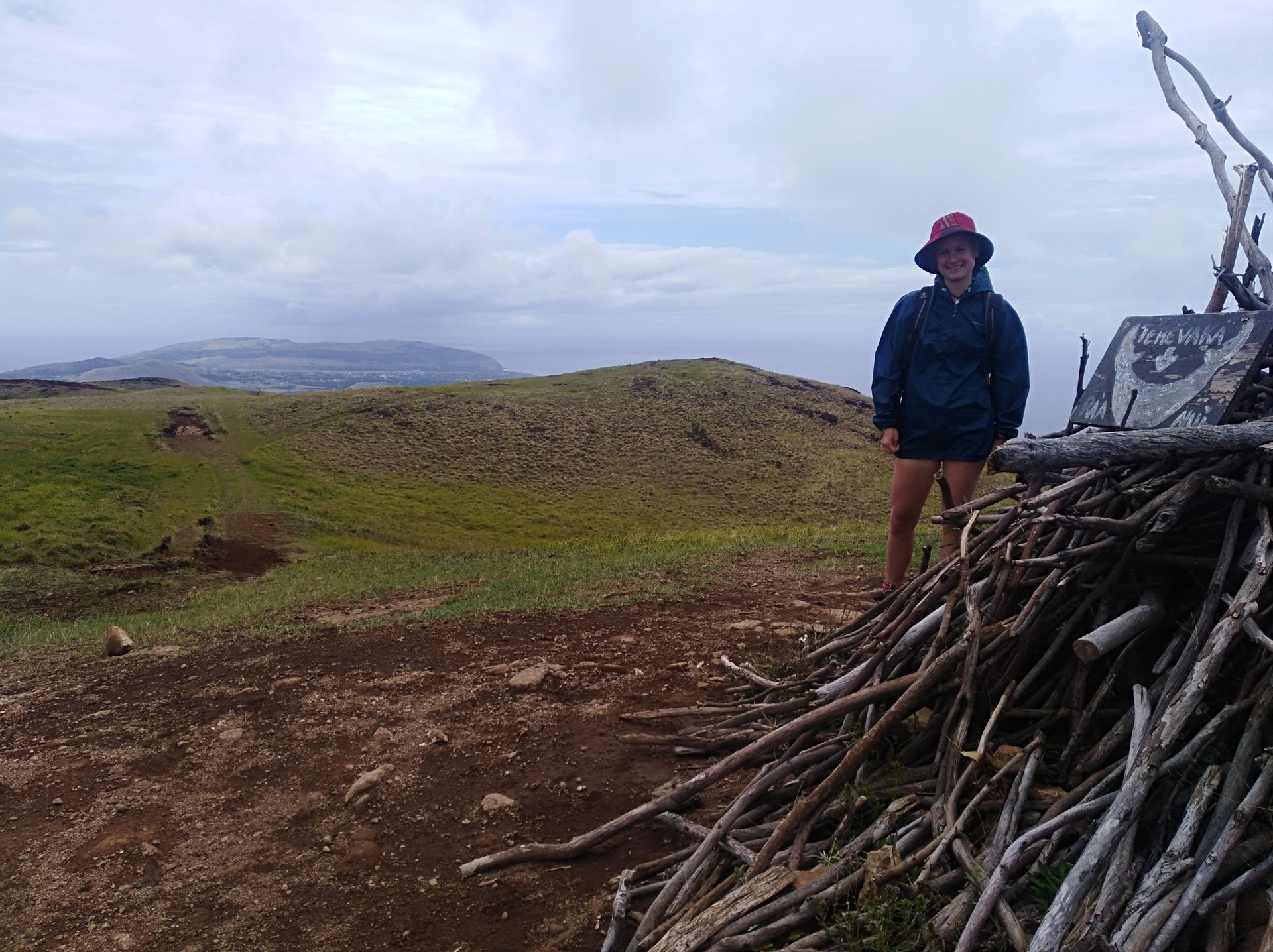

Conclusion: Is a visit to Easter Island worthwhile?! I would say yes, it provides a glimpse into an indigenous culture and such a place cannot be found anywhere else in the world. The Moai have their own charm and the ancient music is also good. Unfortunately, I can't say anything about the underwater diversity of the island because I couldn't go diving due to the weather. It should also be considered that the island is very small and there is not much else to see besides the culture. 6 days are completely sufficient to see everything. "Hanga Roa" is very touristy and not cheap. In addition, you can only enter with a plane from Santiago or Taiwan, which makes it difficult to get there. My opinion: as a stopover on a trip to South America or East Asia, it is definitely worth a visit, but as a standalone destination, I can't really recommend it.
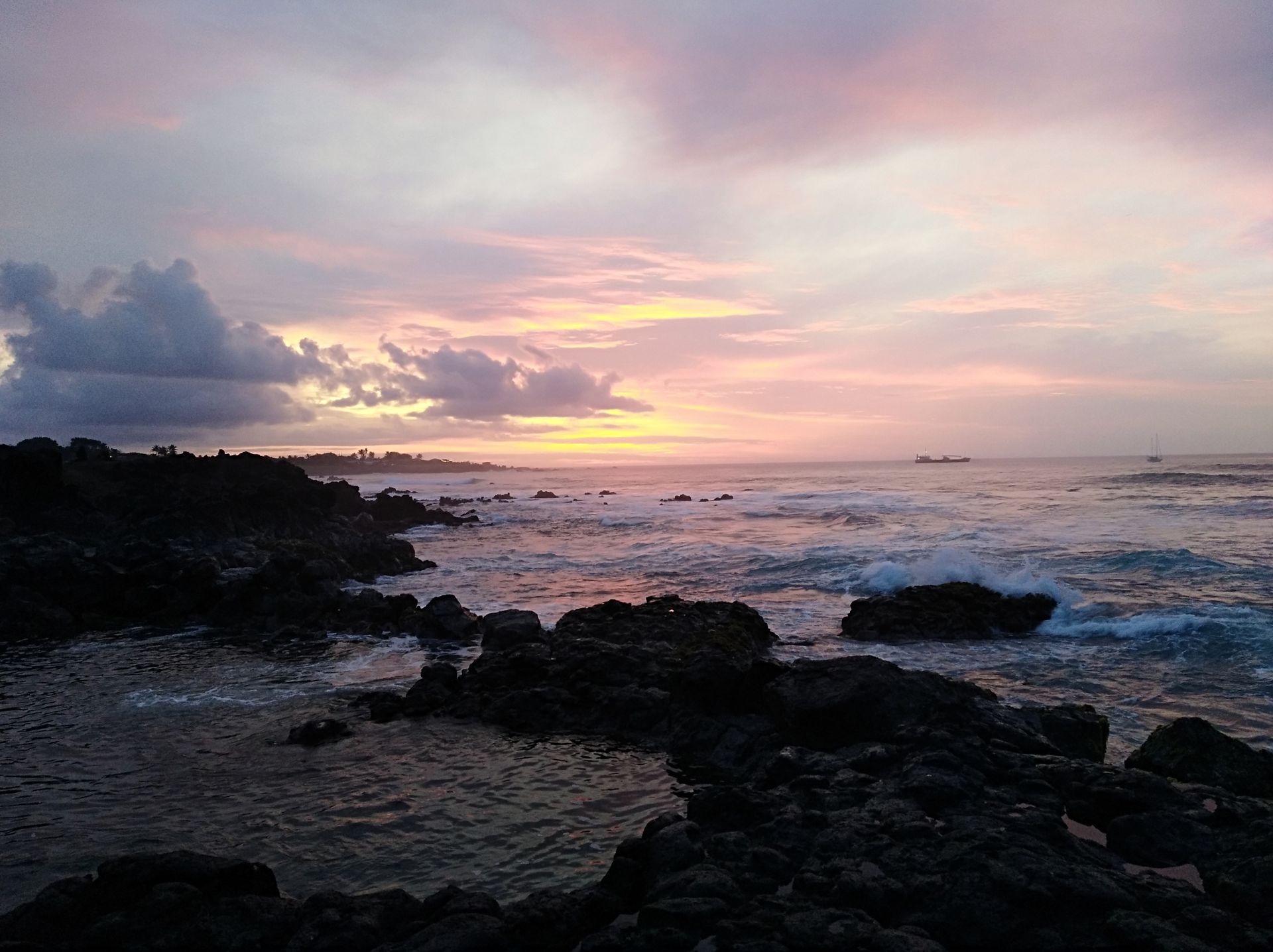
Frieda (January 8th)
समाचार पत्रिका के लिए सदस्यता लें
उत्तर (1)
mario
So, meine liebe Frieda. Du hast das ganz toll gemacht mit deinem Block hier. Ich habe alles gelesen und fand es super interessant.
Jetzt freue ich mich auch schon darauf das wir uns alle Wiedersehen. Viel Spaß noch.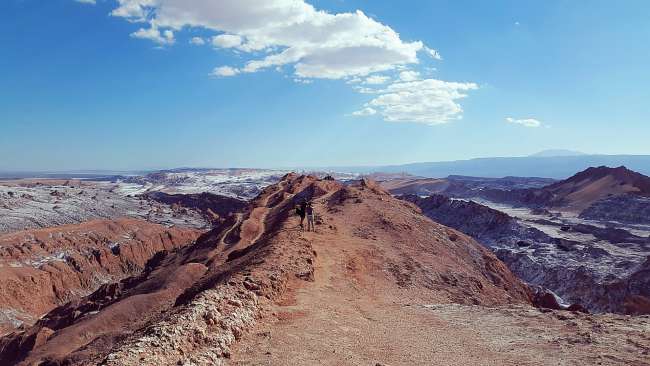
यात्रा रिपोर्ट चिली
